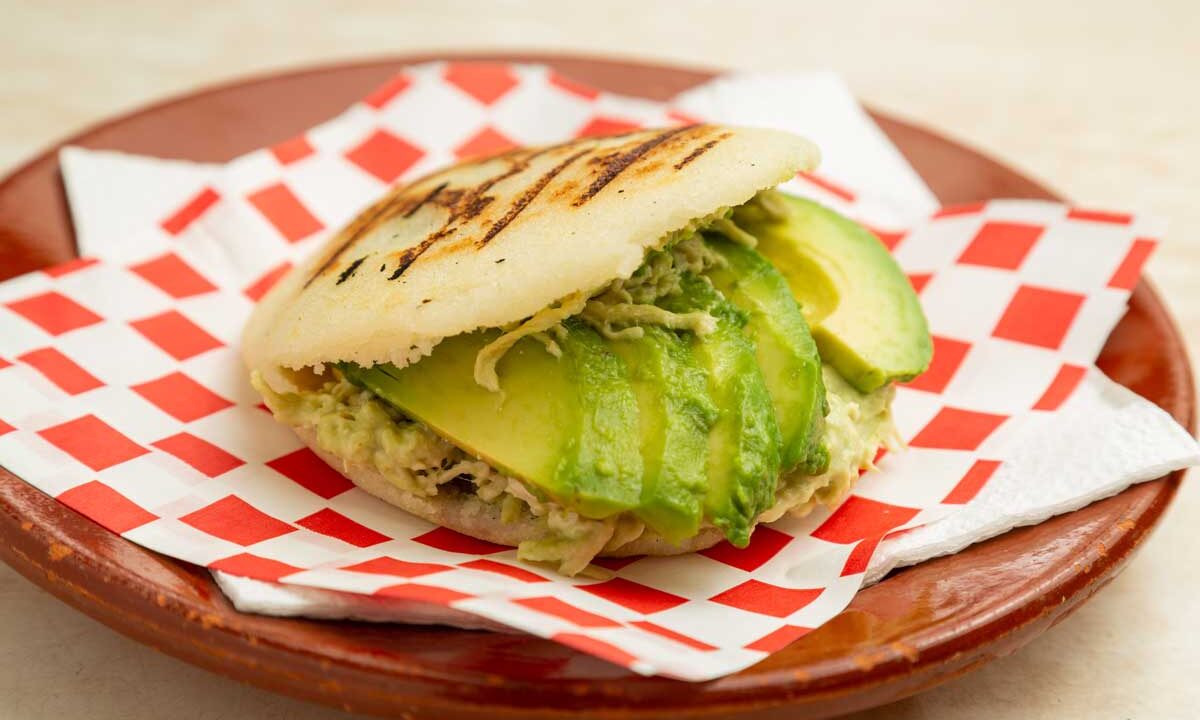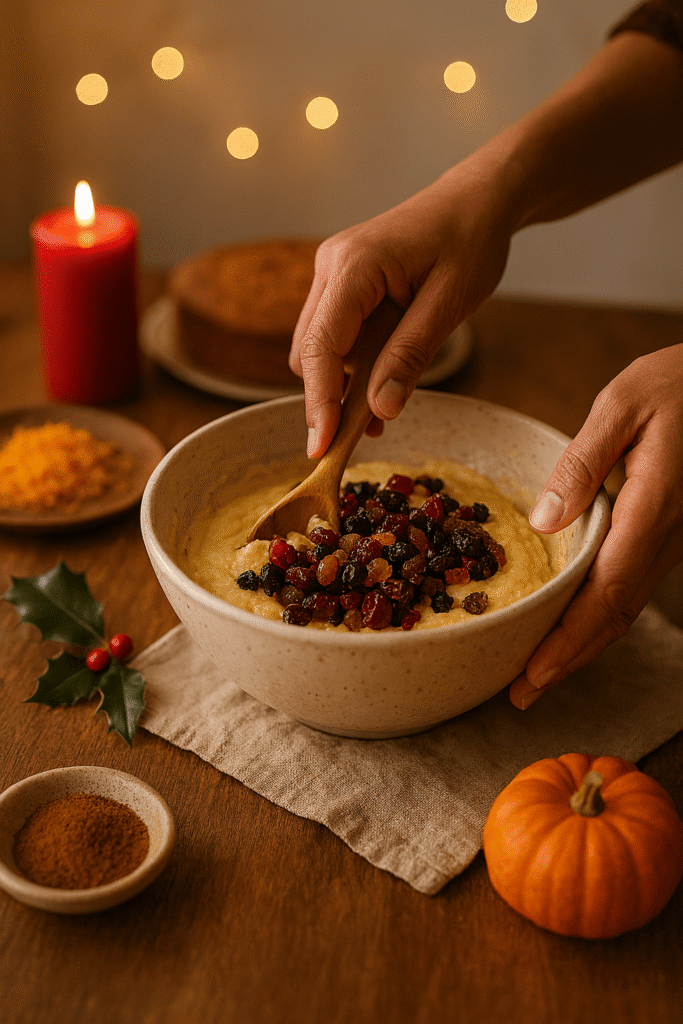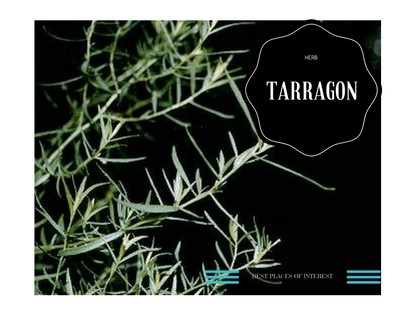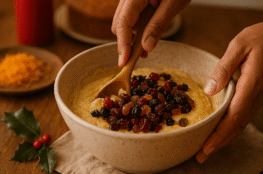Tarragon is a popular and versatile herb with a name that sounds like a character from the popular TV series, Game Of Thrones! It’s soft, lance-shaped, gray-green leaves with a distinctive anise or licorice flavor.
Tarragon is excellent with seafood, fruits, poultry, eggs and most vegetables especially leeks, artichokes, peas and asparagus and salad leaves, particularly béarnaise sauce the most romantic, delicate and fragrant sauce in French cuisine. It enliven mustard sauces as well as salad dressings or in a potato mustard salad and makes a fragrant herb butter to serve along with seafood or even a great roast or steak. It is also a great addition to cream cheese for a simple toasted sandwich meal. It pairs well with stone fruits like cherries, peaches, and plums as well.

Tarragon, due to its anise flavor, can be very dominating and can easily overpower other flavors, as a result infinite care and a restrained hand should be used when cooking with this herb. As always, the fresh herb is better to use as the dried herb can be quite weak.
French or German tarragon is sweet and aromatic, reminiscent of fennel, anise, and licorice, whereas Russian tarragon has coarser, paler leaves and is not a fragrant and has a slightly bitter taste. Tarragon is mostly available all year around in most supermarkets or vegetable vendors who sell herbs here and well-dried varieties are also available easily.
It is also known as estragon (French dried variety) and fresh lightly bruised sprigs of tarragon are steeped in vinegar to produce tarragon vinegar. You can make your own tarragon vinegar at home too, use some distilled white vinegar and put in a few sprigs of tarragon and leave it to steep for a few days. Use it to make vinaigrette dressings for your salads.
#Benefits of #Tarragon #Herb
The herb is a very rich source of vitamins such as Vitamin-C and Vitamin-A, as well as the B-Complex group of vitamins such as folate, pyridoxine, niacin and riboflavin, that function as antioxidants.
Tarragon is also notably an excellent source of minerals such as calcium, manganese, iron, magnesium, copper, potassium and zinc. These are in itself reason enough to make tarragon a part of your daily diet.
Tarragon is also used medicinally as a traditional remedy for stimulating appetite and to alleviate anorexic symptoms. Whether used as a seasoning herb in cooking or consumed raw as a garnish, it may help people who have poor appetites due to age or illness.
Throughout history, tarragon has been widely used as an aid for toothaches. The ancient Greeks chewed it because of its ability to numb the mouth. This pain relieving effect is due to the high levels of eugenol found in the plant. This is the same pain relieving compound contained in clove oil. It also has been proven that tarragon can also help decrease the sore gums that often occur along with toothaches.
The essential oil, eugenol found in the herb has been in therapeutic use in dentistry as a local anesthetic and antiseptic for toothache remedy.
Scientific studies suggest that ploy-phenolic compounds in the herb help lower blood sugar levels. Tarragon has also long been used as a digestive tonic because it adds in the production of bile by the liver. Not only can it improve natural digestion, but it also has been found to relieve common digestive problems like an upset stomach and irritable bowels.
Laboratory studies on tarragon extract show certain compounds in them inhibit platelet activation, platelet aggregation and adhesion to the blood vessel wall. It, thus, helps prevent clot formation inside the tiny blood vessels of the heart and brain protecting from heart attacks and strokes.
Buying and storing–
Try to buy fresh leaves wherever possible for better flavor and nutritional benefits. Look for the herb that is rich in fragrance. Avoid those that are shriveled and discolored.

Wash the leaves in clean running water and pat dry with kitchen paper and store in the vegetable compartment for use within a day or two. Dried tarragon, however, should be stored in an airtight container and stored in a cool and dark place where it will stay for almost six months. Generally, the herb is added at the final moment to the recipes in small amounts in order to retain flavor and taste as heat diminishes its flavor and taste.
And as a general rule if substituting fresh tarragon in a recipe with dried tarragon, remember, 1 tablespoon fresh tarragon = 1 tablespoon dried tarragon. This rule generally applies to both herbs.
Now, go and buy some tarragon and start cooking!
You may like to read 3 Tarragon Recipes












October 7, 2016
Thanks for this information. I love Tarragon and smother cooked chicken with it and let the meat absorb the flavour. Knowing it’s good for me is a bonus. 🙂
October 7, 2016
Your welcome. Do stay tuned in for some delicious recipes with Tarragon. 🙂